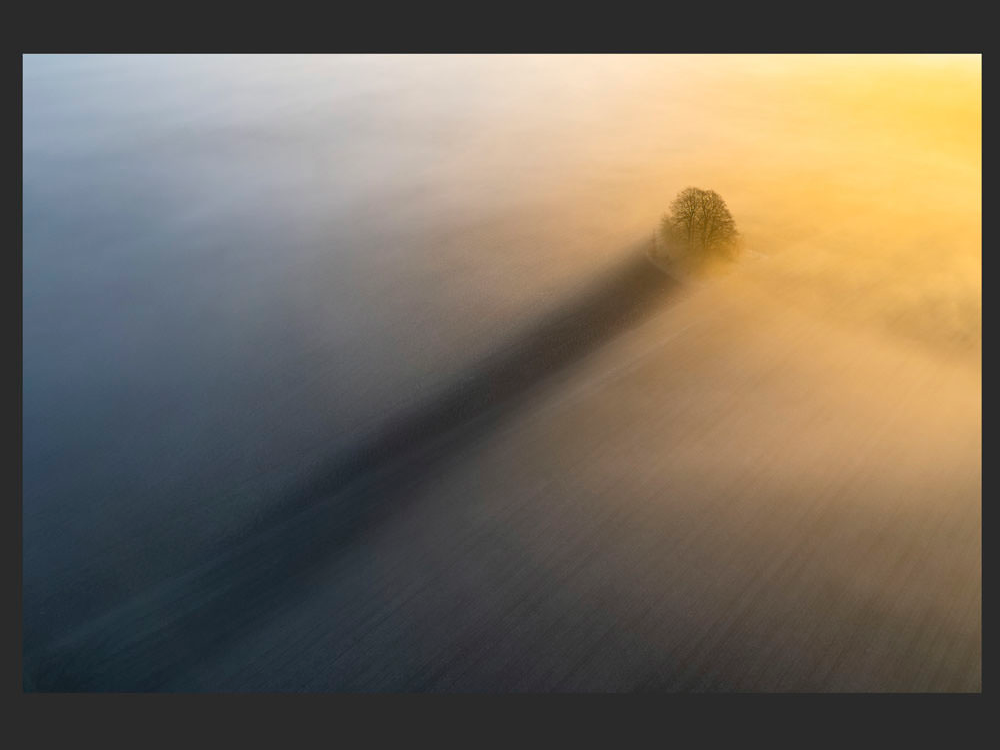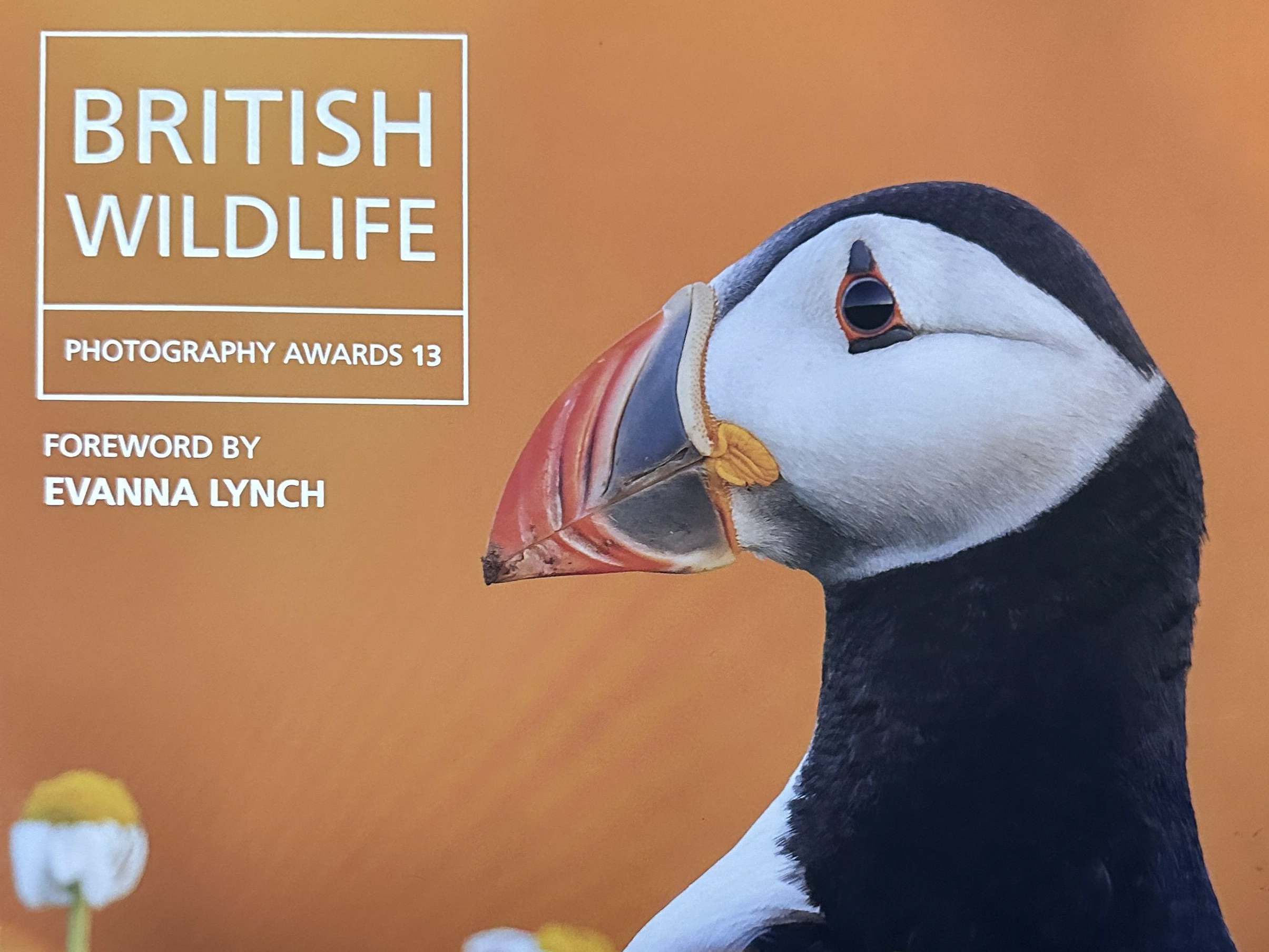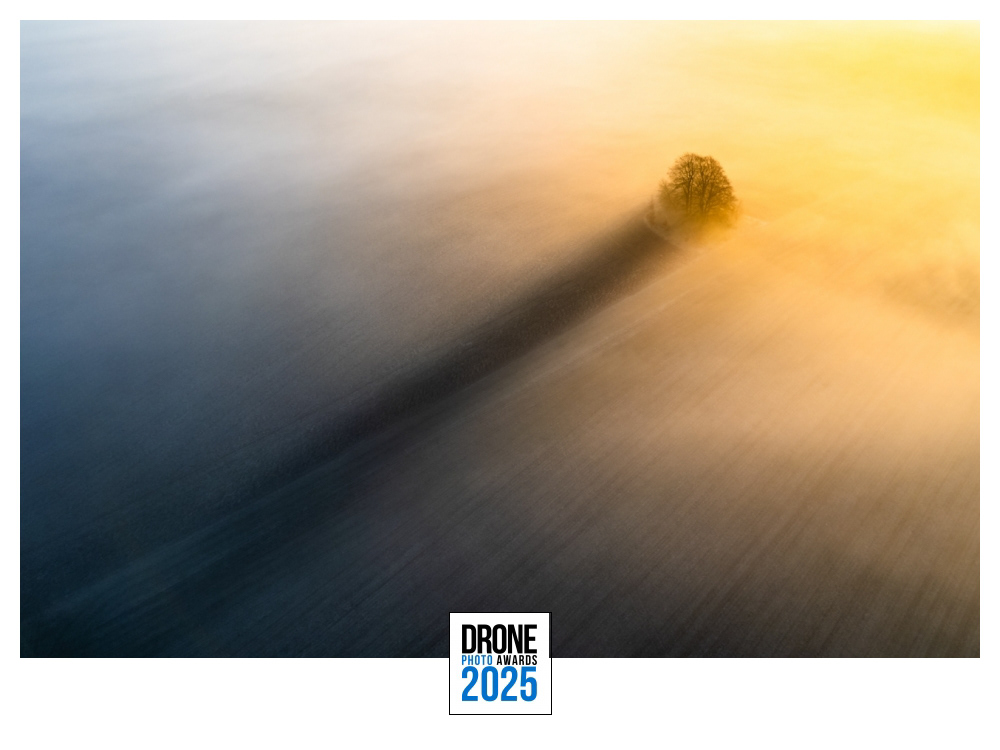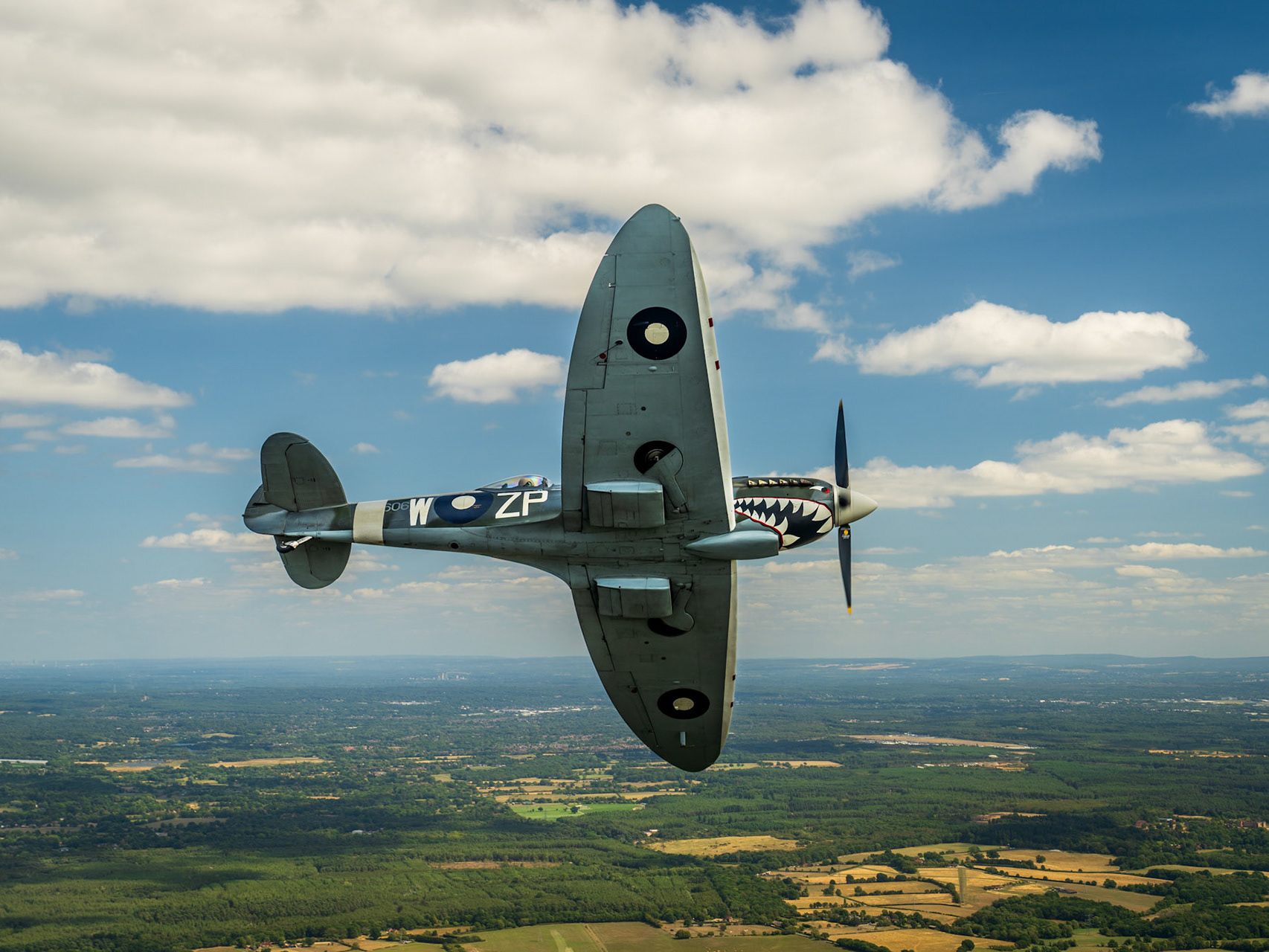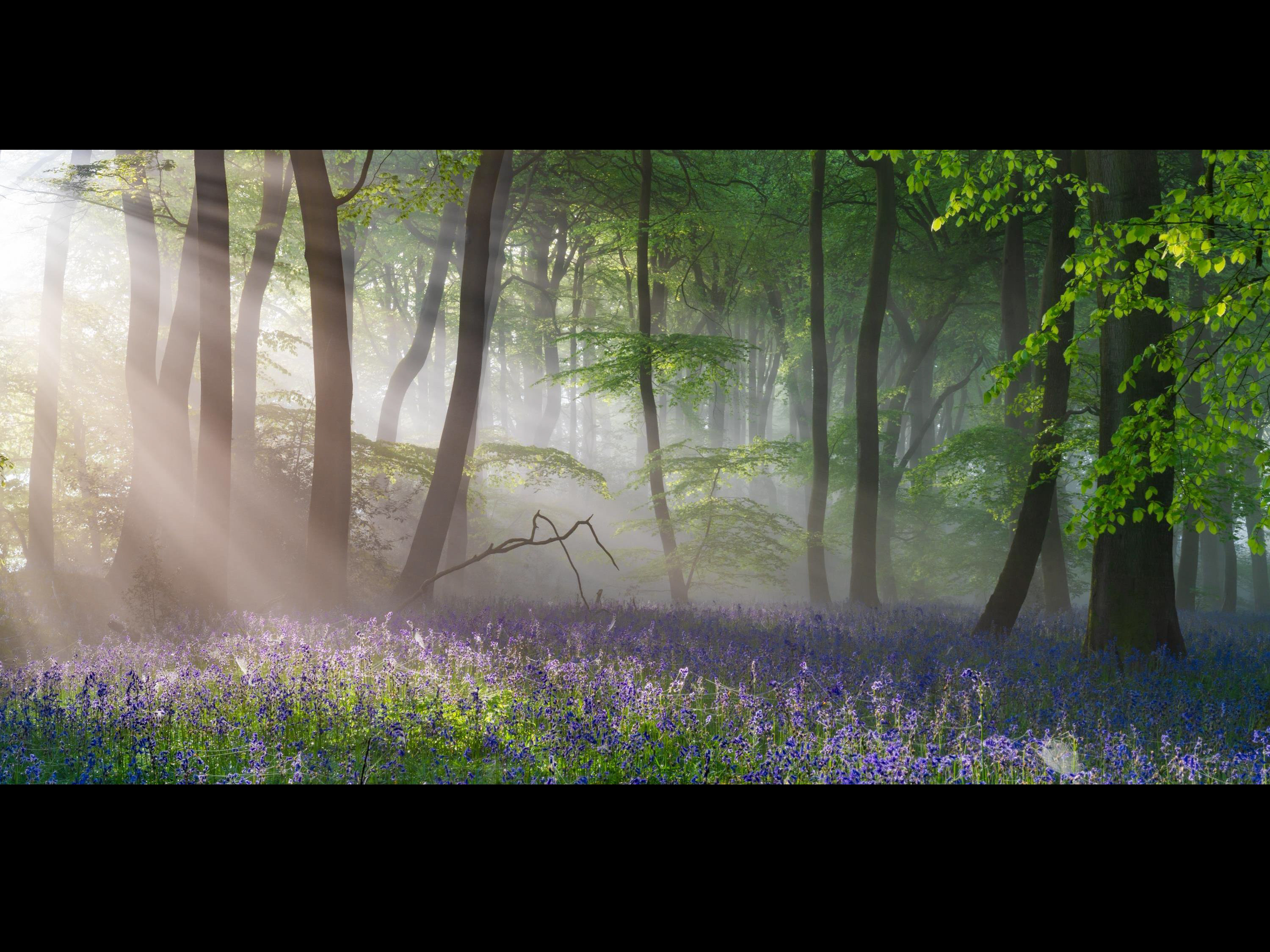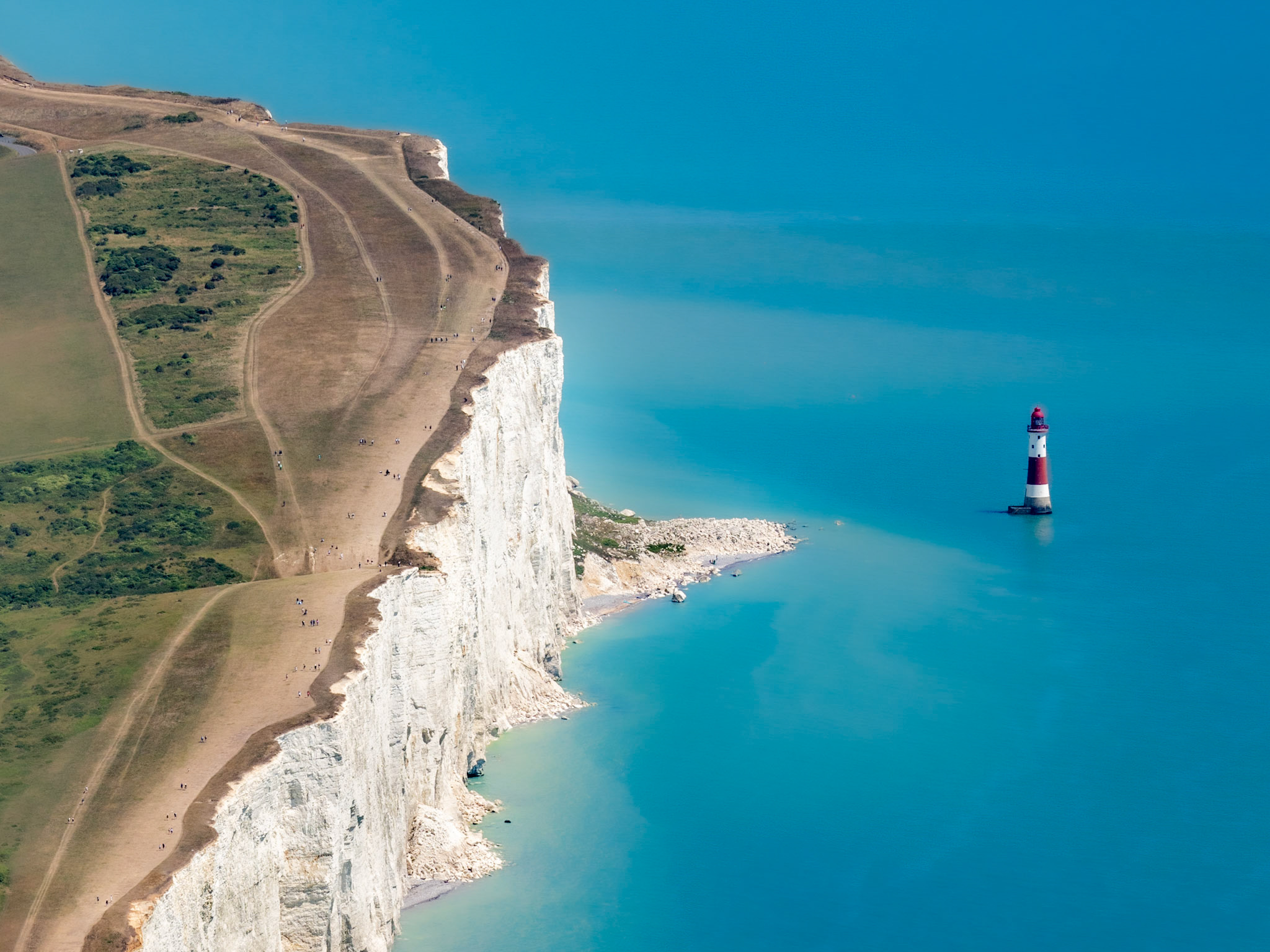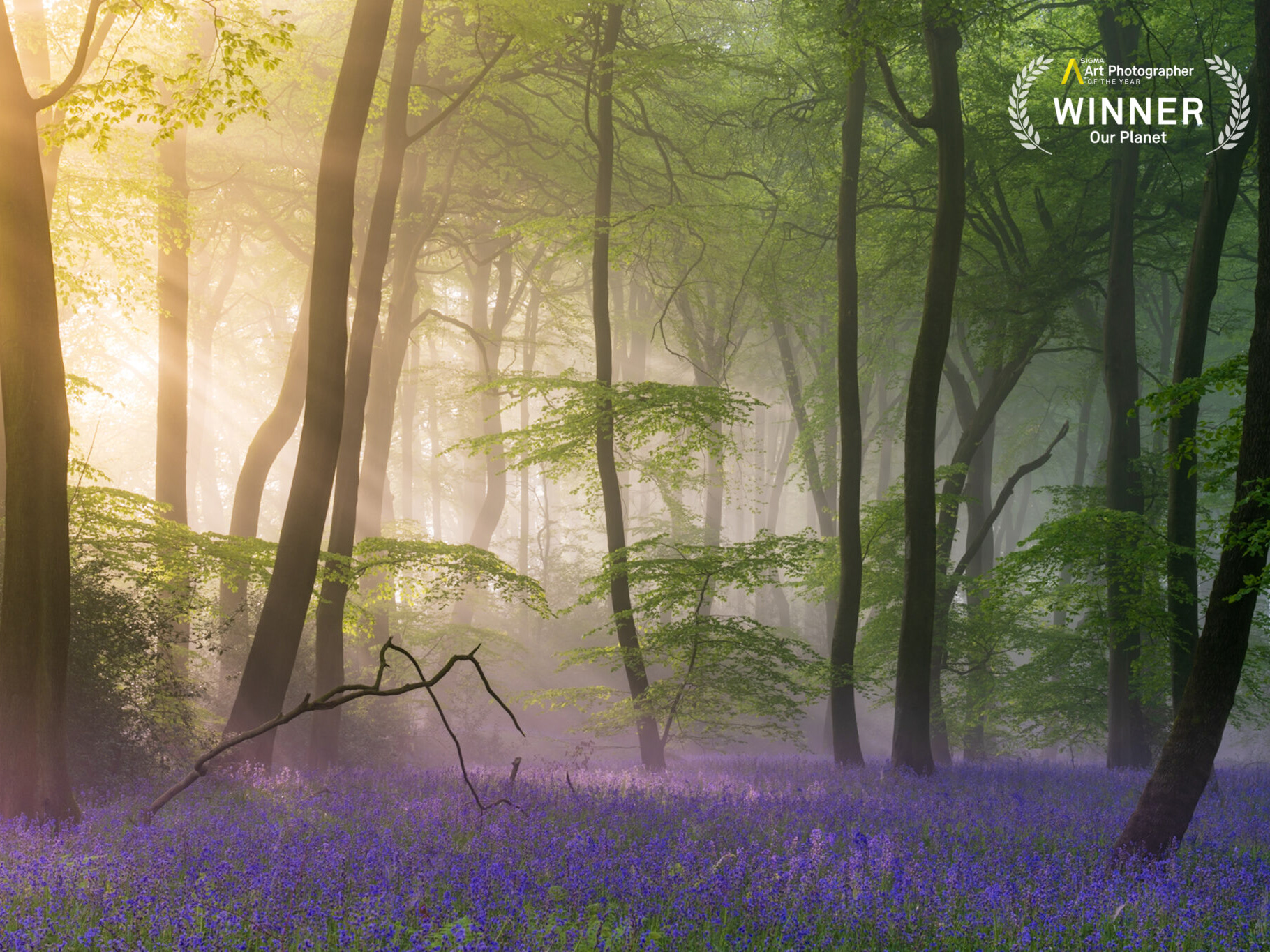Discussing the International Photography Awards
Until this year, I’d never entered the International Photography Awards (IPA). The main reason? Cost. At $30 per image (around £23), it’s one of the more expensive photography competitions around. And if you’re classed as a professional, it’s $40. There are no bulk discounts for multiple single images either, each one racks up the full entry fee.
This year, I decided to give it a shot and see first hand if it's worth it. I wanted to see what it’s really like from the inside, and whether some of my reservations were justified. Here’s how it’s gone so far.
UPDATE (as of 20th August 2025) - 3rd Place in the Drone Category
I write this having received the news that I have had two photographs selected as follows:
I have to say, I'm thrilled to get a 3rd place in the International Photography Awards, in such a competetive category.
Having browsed other winners as well as the honourable mentions, the standard is so incredibly high, so I would like to congratulate all other winners and those who are highly commended. Really well done.
My article below discusses the competition more broadly; analysing against three values I look at when it comes to entering such competitions. Value, Fairness, Transparency. I'd love for you to read on!
My 2025 International Photography Awards Experience So Far...
I submitted four images to the non-professional category, quiet woodland scenes from near home. Two out of four were recently marked as “Official Selection”, which means they’ve made it to the final round of judging.
But what does that actually mean? Does “final round” suggest a panel of judges sitting down together to deliberate, as with other top-tier competitions? Probably not - IPA claims to use a jury of 66 people. Yes, you read that right, sixty-six. Most competitions use a small panel of around 4–5 judges who work collaboratively, particularly in the final judging, so 66 raises a few questions.
More importantly, how selective is “Official Selection”? Top 10%? Top 50%? There’s no transparency. The IPA doesn’t publish any stats or scoring thresholds.
My guess is this: every category gets scored online by a subset of the 66 judges. An average is calculated, and anything above a certain number, say, 75, gets marked as “Official Selection”. Winners and Highly Commendeds are likely already known internally, but released later for dramatic effect. I'm purely speculating here, but given the information we have, this seems the most likely process.
The email from the International Photography Awards saying I've reached the 'final round of jury voting' - and given an official selection badge.
What Makes a Photography Competition Worth Entering?
For me, a good photography competition stands on three core pillars. These aren’t lofty ideals; they’re basic expectations that should be a given if we’re handing over both our images and our money.
Transparency
A competition should make its process & rules crystal clear. That means publishing the judging methodology, naming the judges, outlining how entries are scored, the judging stages, and making the criteria (ideally) publicly available. When transparency is missing, trust quickly erodes. It shouldn't feel like you're entering a black box and hoping for the best - you should know exactly how well you did!
Fairness
Judging should be done blindly, so all photographers – amateur or professional – are assessed on their work alone. Segmenting people based on self-declared status muddies the water, especially when definitions of "professional" vary so widely. There should also be a sensible cap on the number of entries per person to level the playing field. Without limits, those with deeper pockets can flood the system with dozens of entries, skewing the competition in their favour.
Value
Competitions take time, effort, and money to run, there is no argument there. But the fees should reflect the scale and quality of what’s being offered in return. This includes not just the chance of a prize, but things like meaningful feedback, proper exposure, prestige, and a strong, well-curated exhibition or publication. Pricing should never feel exclusionary, especially in an industry where recognition already comes at a premium.
Let’s now take a look at how the International Photography Awards holds up against these pillars.
How Does the International Photography Awards Stack Up?
Transparency
This is where things get interesting. That “Official Selection” badge many are now sharing online? It’s not mentioned anywhere in IPA’s documentation as an actual stage of the competition. There’s no public data on how many entries reached this stage, it could be well into the thousands.
Then there’s the structure. The competition features 11 main categories, broken down into 89 sub-categories... for example, 14 for Nature alone. Each sub-category has 1st, 2nd, 3rd, and Highly Commended awards. This is a bloated structure and ultimately makes it easier to win something: good for marketing, less good for prestige. A great achievement still (~top 2%).
Also worth noting: there is no request for RAW files.
Fairness
There’s little clarity on how judging is done. Are all 66 judges (yes, SIXTY SIX on the Jury!!) reviewing every photo? Doubtful. Is it randomised? Is it balanced across categories? We’re not told. Bear in mind, other competitions that have more entries have only 4 or 5 judges.
Then there’s the professional vs non-professional split. Honestly, this feels outdated. Great photography is great photography. Why draw artificial lines based on someone’s job title? In my opinion, as a "non-professional" - I want to be judged beside "professionals" because I aim for my work to be of the highest quality.
And finally: there’s no cap on the number of entries. Those with deeper pockets can submit dozens or even hundreds of images, effectively increasing their chances.
The following wording is used to describe the judging on the IPA website:
"The official judging of the IPA competition is done over several weeks by our distinguished panel of judges, experts in the field from all over the world. The jury rates each entry from 10-100 (10 being the lowest). The scores are tallied and the winners are selected based on the overall score based on the cumulative votes of the Jury. The identity of all photographers are hidden from the jury to ensure and impartial and unbiased voting process.
IPA asks each judge to review the images based on the following criteria: originality, creativity, excellence of execution, and overall impact, as well as relevance to the specific category."
Value
$30 per image is very steep for an entry fee, and $40 for professionals is even more so. Especially when you compare it to other globally respected competitions. If we assume (according to the IPA website) that there are 14,000 entries at a $35 (assuming 50/50 split of pro/non-pro), this would equal revenue of $490,000, with a prize pool I've calculated as $31,500. Not a bad profit even if you include the costs of running the gala dinner event, website & trophies/certificates...
Comparing the entry fee to just a few other international photography competitions:
- Wildlife Photographer of the Year - £30 for 25 entries. ~60,000 entries.
- Nature Photographer of the Year - EUR34 for 20 images. ~25,000 entries.
- Natural Landscape Photography Awards - $46 for 6 images, $68 for 12 images, $113 for 18 images. ~12,000 entries.
Notice - they're capped entries at a very affordable "per image" price.
As an example; NLPA gives every entrant detailed scoring breakdowns (inc. an electronic certificate for each image), clear information on the judges/judging and numbers of entries per judging stage. That’s value.
One of my entries for the International Photography Awards 2025 - Nature / Aerial/Drone Category for the pricy entry fee of $30. This image is one of my two that have the "official selection" badge...
User Experience: A Final Frustration
The International Photography Awards website, with difficult usability and the 'student' URL for Non-Professional photographers...
If you try browsing past winners on the IPA website: IPA 2025 Winners or IPA 2024 Winners. You'll find yourself scrolling endlessly. There’s no filtering, no category navigation. If you do win, good luck trying to find your image or browse other categories or get to the bottom of the page. I'd strongy advise that the IPA add category filtering to the winners pages.
And one final grumble (as someone who works in Tech): the URL for the non-professional section reads '=student'. Non-professional photographers are not students. This is probably just a tech oversight, but for a platform taking entry fees from this group, it feels sloppy.
Let’s Crunch Some Numbers from the IPA Data
I love analysing things - it helps me to factually check my own assumptions or thoughts and come to some actual outcomes... So - looking at the small amount of data for the International Photography Awards:
- 14,000 total entries
- 89 sub-categories, each with 1st, 2nd, and 3rd = 267 podiums. Across pro & non-pro = 534 (~top 4%)
- Estimate: 10 Highly Commended per sub-category = ~890. Across pro & non-pro = 1780 (~top 12%)
- Total images awarded across pro & non-pro: ~2,300 (~16% of all entries)
Compare this to NLPA, where only 54 out of 12,179 entries were awarded (top 0.45%). That’s a much higher bar for excellence.
In the IPA, you’ve got a 1 in 14 shot at being officially awarded. Not bad. But also not as meaningful if you are awarded.
This isn't including the "offical selection" badge - because we simply don't have the numbers. I expect it is roughly the top 25% to 30%. Again - it's nice to know you're in the top region of entries, but it feels forced to make it a badge of "official selection". It's like it is done to get broad social exposure from people sharing that they've reached the final round. Free marketing for the competition - it's not a bad idea to be honest.
Comparing this to some other competitions I've done well in, such as the Drone Photo Awards or Wildlife Photographer of the Year - when you are told about reaching the final round and requested to provide RAW files, you're told to keep it confidential. You cannot share the chosen image until official final results are announced.
Final Thoughts: Is It Worth Entering the International Photography Awards?
If you’re hoping to add an award to your CV or social bio, the odds are decent. Of course, it is still a fantastic achievement to win or even be commended.
This competition is not a scam. But it is expensive and a little opaque. In some ways it is designed to hand out just enough “success” to keep the entry fees rolling in. I would recommend that a little more transparency is offered by the organisers, including a summary of where the entry fee goes.
Will I enter again next year? Probably. I'll be super selective with my images, though, and maybe only enter one or two of my best. I suspect that is how most people approach this competition given the high entry fees.
Regards,
Chris
If anyone does have further information or wants to correct me on anything, please do get in touch. You can use the contact form.
I was inspired to write this thanks to this excellent article from DPReview on the Monochrome Awards.

